General informations top help you plan your Colosseum tour
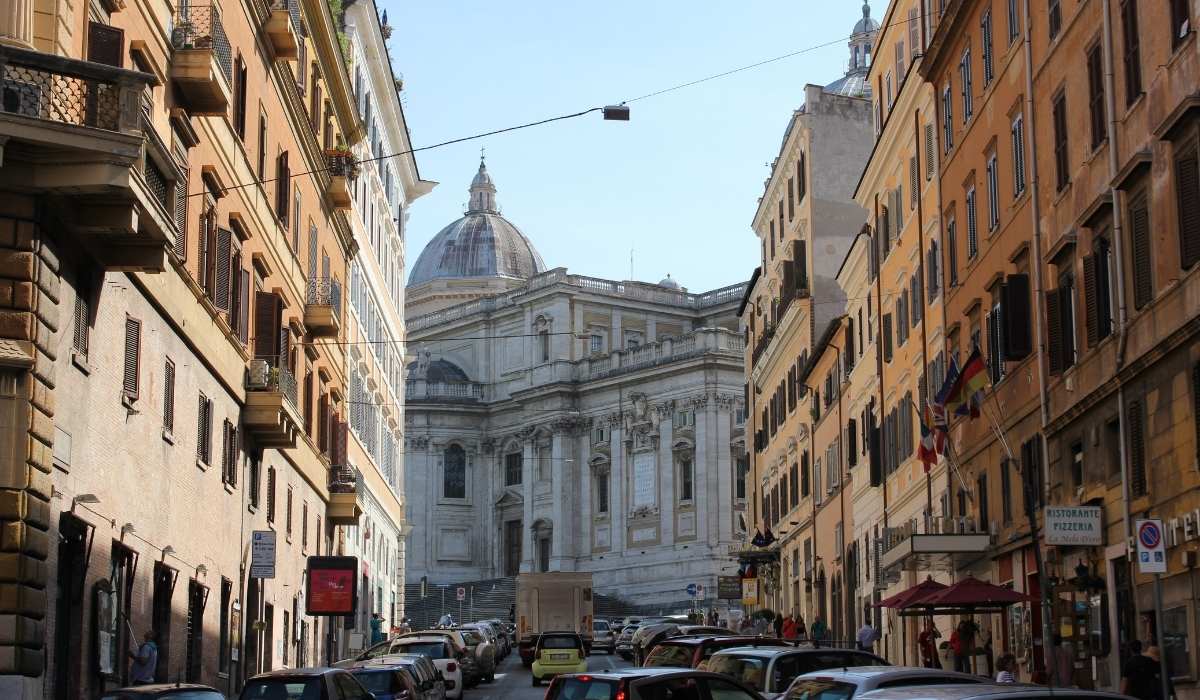
The Esquiline Hill in Rome - which itself contains three little peaks - the Cispian, the Oppian and the Fagutal - had originally been a poor area, and contained the cemetery for those who could not afford a proper burial. The Esquiline hill tombs or necropolis were in use until at least the first century [...]
Read more
The name of this arch - the Triumphal Arch of Constantine - might give away its purpose. It is a dedicated memorial to Constantine the Great, who was a Roman Emperor. In this guide, we will uncover all about the significance of this arch in Rome, as well as its history. The arch is worth [...]
Read more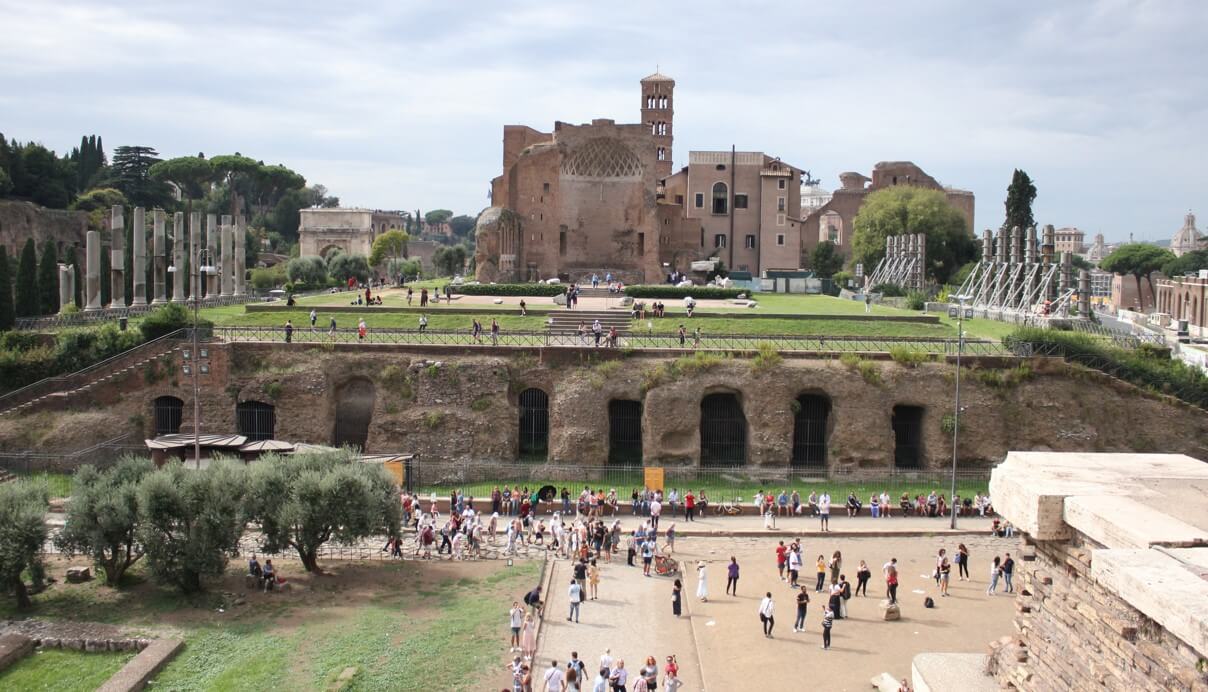
In the first century, the Emperor Domitian set up the biggest gladiator school and named it the Ludus Magnus. It served as a welcome centre for gladiators from all over the empire who would receive training as well as accommodation. Here, the gladiators would swot up on all the skills needed in preparation for the [...]
Read more
Officially known as the Basilica di San Clemente al Laterano, this basilica is located near the Colosseum. Like many great historic buildings in Rome, the church finds itself built on ruins - in fact, the Basilica of St Clement is built on not one but two sets of ruins! Background Originally a domestic home to [...]
Read more
This gruesome method of capital punishment was one of a range of crazy “blood sports” practiced by the Romans at the turn of the millennia. Starting in the first century AD, not only Damnatio ad Bestias was a way to deal with criminals, but also a form of entertainment for Rome’s masses! What's the Damnatio [...]
Read more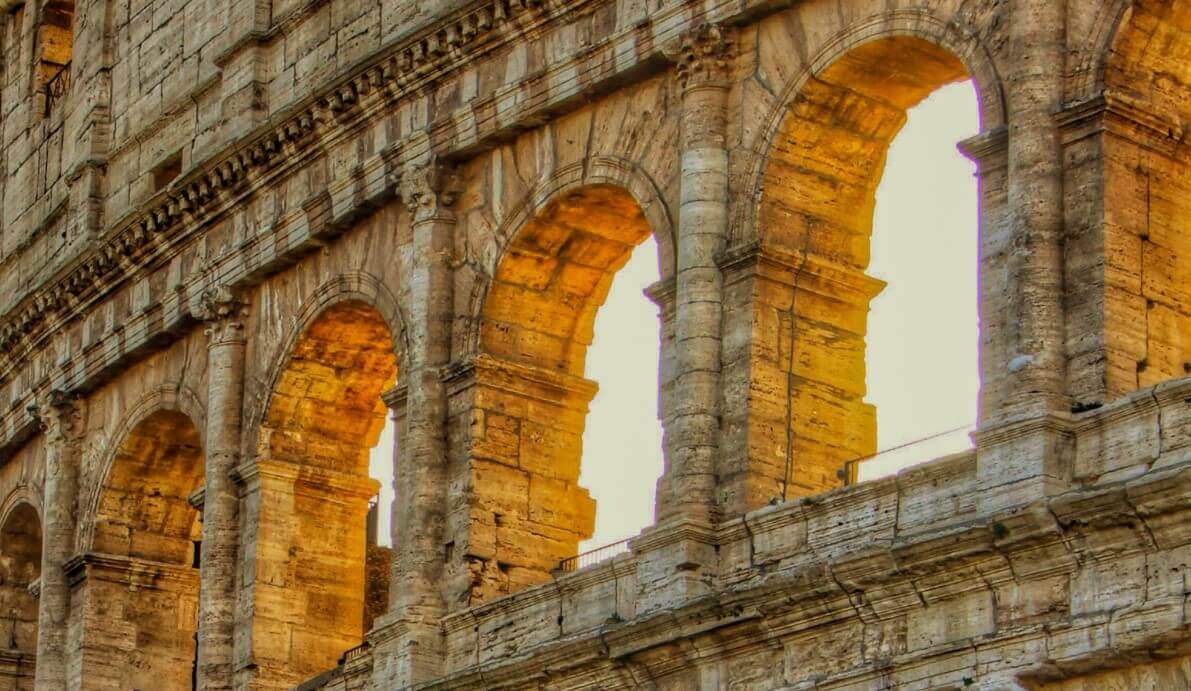
The Velarium was basically the olden day equivalent of a sunshade. You know when you’re in Spain and you see the apartments with the little orange terrace shades? Kinda the same thing, except ancient. And huge. The most famous Velarium was the Colosseum awning, which offered protection from the burning Roman sun to spectators. What [...]
Read more
The Munera Rome were personally funded games and leisure activities, sponsored by members of the local elite. Unlike the formally organised state Ludi, the Roman Munera were entirely paid for by private citizens. Doing their civic duty I suppose. Before those pesky officials got involved at least. Read on to learn all about it! Munera [...]
Read more
You just landed to Rome and you are already wondering why visiting the Colosseum is important during your holidays ? Make seeing the Colosseum an essential part of your holiday in Rome. I will explain to you all the reasons to visit the Colosseum, attractions, tours and special events. And also all the information you [...]
Read more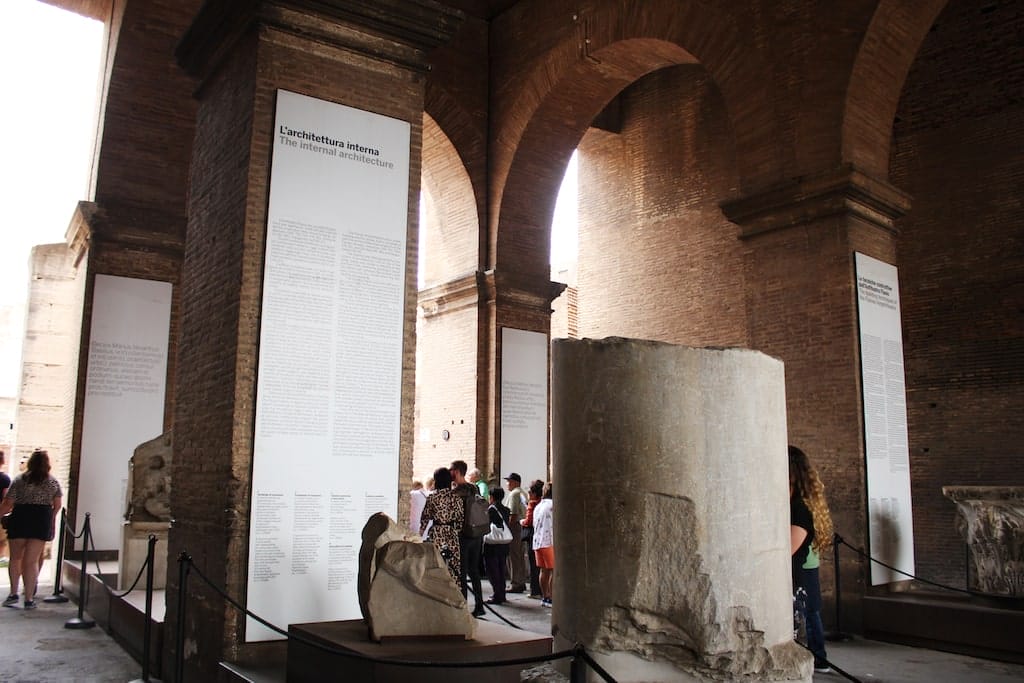
You want to be sure when the Colosseum is open and what are the Colosseum hours ? The Roman Colosseum is one of the most impressive and most well-known monuments to have survived from the classical era. It is the largest amphitheater in the Roman world and is the most visited cultural site in Italy. [...]
Read more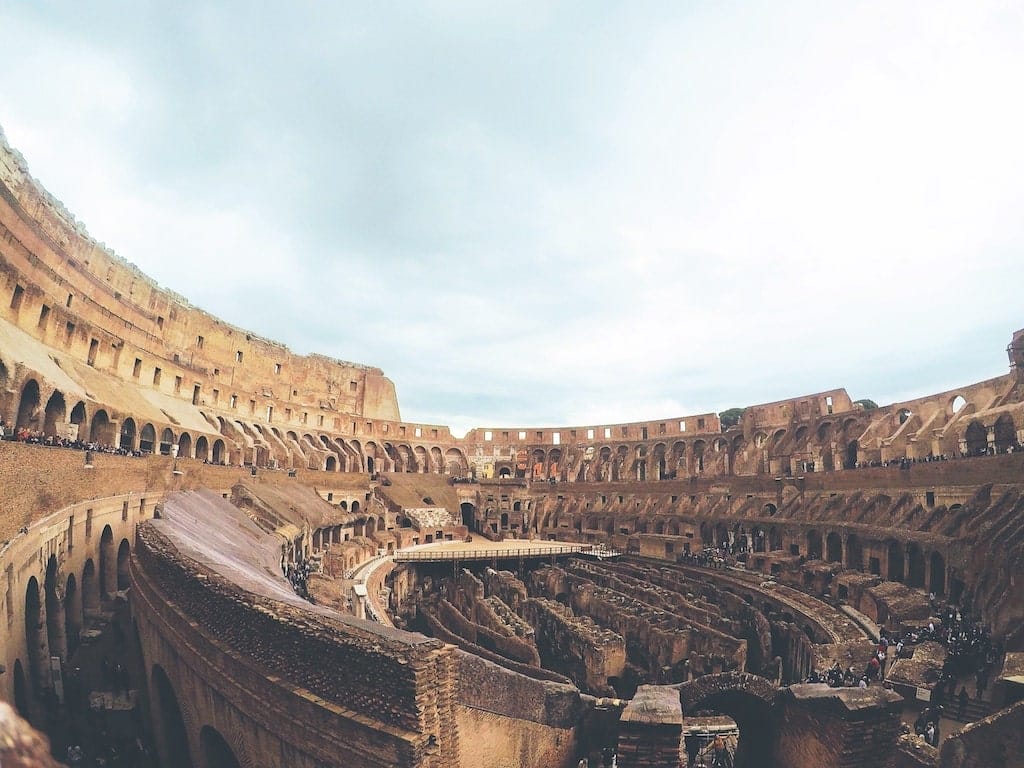
What about a Colosseum underground tour ? A trip to Rome is incomplete without a visit to the Colosseum, the most popular site in the city. The architectural wonder that stands majestically in the middle of Rome is aptly named after the Greek word kolossós, meaning a statute of massive proportions. Although some of the [...]
Read more